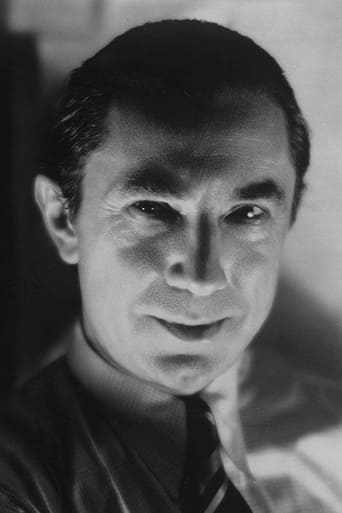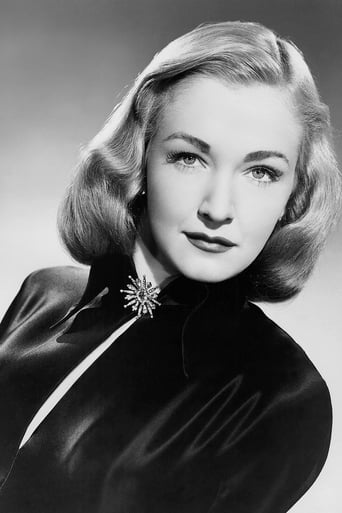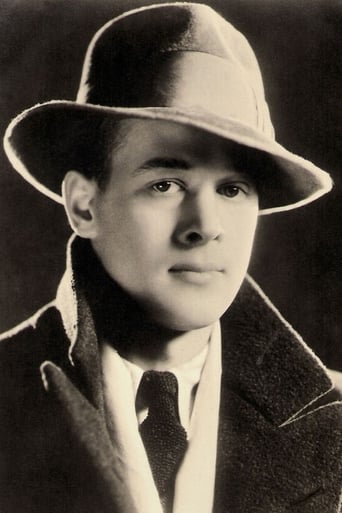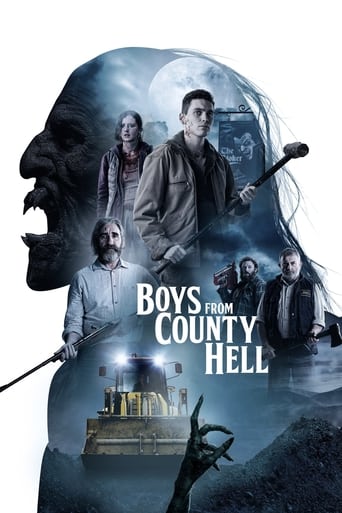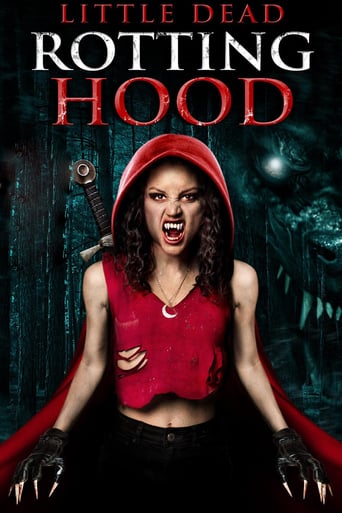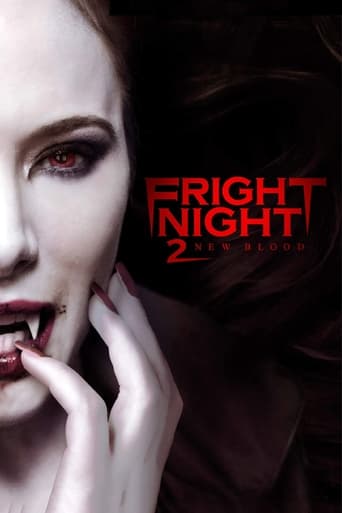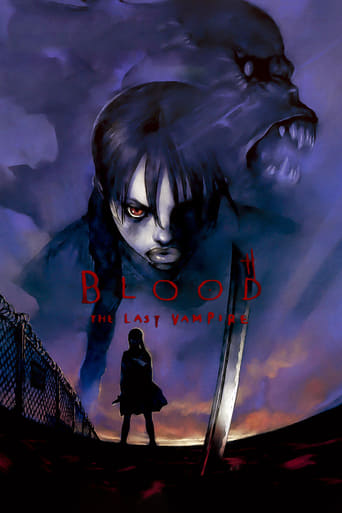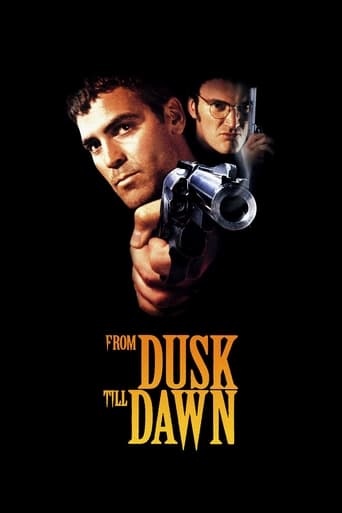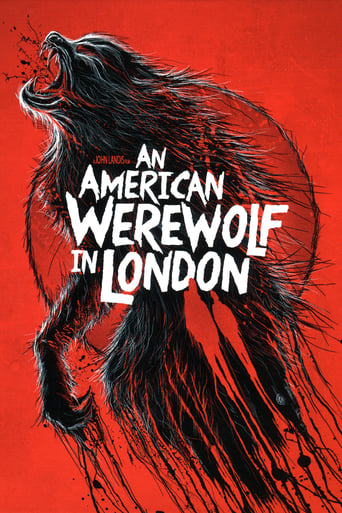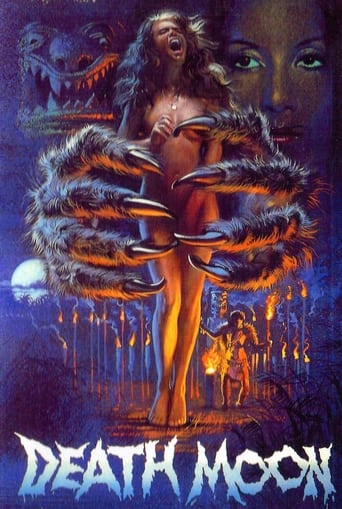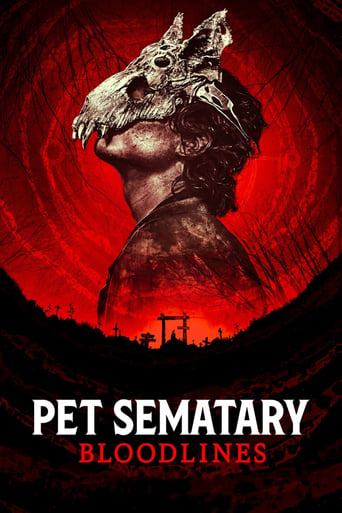
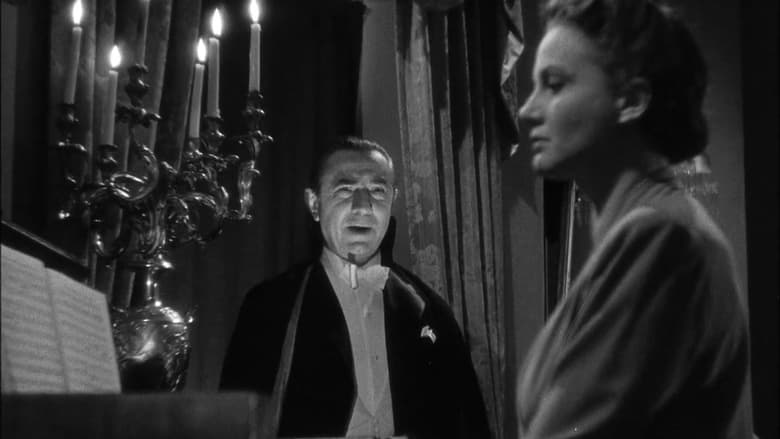
The Return of the Vampire (1943)
In 1918, an English family is terrorized by a vampire, until they learn how to deal with it. They think their troubles are over, but German bombs in WWII free the monster. He reclaims the soul of his wolfman ex-servant, and assuming the identity of a scientist who has just escaped from a concentration camp, he starts out on a plan to get revenge upon the family.
Watch Trailer
Cast
Similar titles

Reviews
Simply Perfect
Memorable, crazy movie
There are better movies of two hours length. I loved the actress'performance.
It is neither dumb nor smart enough to be fun, and spends way too much time with its boring human characters.
Released on the heels of Universal's first monster-rally movie, "Frankenstein Meets the Wolf Man" (1943), as well as the third film in the studio's Dracula series, "Son of Dracula" (1943), Columbia decided to make its own monster rally, which could've appropriately been titled, "Dracula Meets the Wolf Man." Adding to the studio and character crossovers, Bela Lugosi, the vampire of this film, "The Return of the Vampire," played the Frankenstein monster in "Frankenstein Meets the Wolf Man," and the Wolf Man from that film played Dracula in "Son of Dracula." Additionally, director Lew Landers had directed the classic Universal horror film "The Raven," which starred Lugosi. At this point of B-production shockers of the 1940s, no studio was making vampire pictures that had really anything to do with Bram Stoker's novel "Dracula," though, and most of them are a far cry from the classic 1930s Universal monster movies, which began with Lugosi's "Dracula" (1931). Columbia's "The Return of the Vampire" is better in some ways than some of the contemporary Universal shockers, though.There are some interesting details for those who follow the genre. Lugosi's face isn't revealed until 23 minutes in--building up suspense in the meantime. In the first scene, we mostly just see his shadow (Stoker's Dracula casts no shadows. "Nosferatu" (1922) added shadows.). The vampire bites a child--something Dracula never did, although the female vampires would (although in film, Hammer's 1958 "Dracula" may've been the first to show one of the female vampires attacking children). The vampire is resurrected by the stake being removed from his heart. Perhaps, Universal wanted to pay Columbia back a bit for their borrowing from Universal's monster movies, and that's why they use this trick to bring Dracula back in the next year's "House of Frankenstein."I like that the second Van Helsing-type doctor, after her originally being a skeptic, is a woman this time. It's possibly the first time a leading actress wasn't a vamp or a victim in a vampire film. I'm less fond of seeing a werewolf fight with his fists and barely escape a scrape with two men, or to see him die from what one assumes is a normal bullet. But, at least, he wrestles with his good human nature and his evil wolfman enslavement, and he's the one who ultimately defeats the vampire, so it's a satisfying monster- rally finish. Plus, this vampire is triply strong; literally, it, apparently, takes three of his usual weaknesses--stakes to the heart, crosses, sunlight--to finish him off.Stylistically, there's a big emphasis on fog. It even follows the vampire inside, and it's constantly spread throughout the frequent graveyard scenes. They use an upward-tilted light to shine in Lugosi's face--reminiscent of Karl Freund's highlighting of Lugosi's eyes in the 1931 "Dracula." The narration is all over the place--beginning with a title card that introduces the milieu, followed by a voice-over that describes the story as based on the notes of a guy who dies after about 15 minutes into the film, which begs the question of who's narrating the rest of the movie. There's also a vampire book, as there had been in other vampire films, such as "Nosferatu," "Vampyr" (1932) and "Son of Dracula." The narrative begins with scientists, but turns to a religious surprise in the final act. There's a constant flow of believers in and skeptics of vampires, with characters changing roles, until, in the final shot, a character turns to the camera and breaks the fourth wall, asking, whether we believe in vampires.Here, vampirism becomes an allegory for German invasion, which is an interesting turn from Stoker's rather xenophobic novel about a foreigner stealing Englishwomen. The film begins with the swift killing of the vampire, coinciding with the end of WWI in 1918. He's resurrected after the Nazis of WW2 bomb the graveyard, among other things, digging up his coffin from its burial. I suppose, then, that when the character at the end turns to the camera, he's asking whether we believe Germans are vampires.(Mirror Note: A small mirror is used to confirm the vampire. Interestingly, the mirror shot shows the vampire's clothes, while not the reflection of his face. Most other movies are content with the confusion of whether vampire's clothes are also vampiric. Not so here.)
Bela Lugosi still had a few good films left before his decline was permanent."Return of the Vampire" is one of them.The film has a good plot, is highly atmospheric and imaginative. Apart from having a vampire, we have a werewolf added into the story so we get our moneys worth. Bela Lugosi is Dracula in all but name but still produces the chills when called upon to do so. The climax is exciting but also rather grisly for 1943. It didn't surprise me that Britain banned the film for many years.I enjoyed this one when I bought it on DVD, just as when I saw on a late night t.v showing.
Yes, the bloodsucking vampire is back in the form of its most popular portrayer, Bela Lugosi, but this time, he's not Dracula, but an 18th Century scientist whose research on vampirism turned him into Mr. Toothy. 200 years go by before he is destroyed by a spike in the heart, and his wolf man like assistant (Matt Willis) returns to normal. But when the blitz hits London, his grave is unearthed, and two well-meaning (but stupid) gravediggers pull the stake out of his heart. Before you can say "I Bid You Welcome", Lugosi is once again out looking for unvolunteered plasma, and soon his wolf assistant is back at his beck and call. So not only do the British have living monster Hitler to fight, but a non-dead monster as well.Lugosi is perfectly cast, being so adept as Dracula that he can swing his cape and bare his fangs better than Lon Chaney Jr. and John Carradine were doing over at Universal in his old role. Matt Willis goes down the road of another famous Lugosi role by being the perfect "Igor" type, while Freida Inescort and Nina Foch are appealing heroines. Inescort is particularly memorable as the doctor who makes the vampire's demise her main concern in life. Add on a spooky cemetery with the London fog and you've got a neat little "B" horror yarn that briefly took Lugosi away from the "Z's" he was doing over at Monogram and bit parts at the majors. Even in his 50's, Lugosi cuts a dashing figure, and it's nice to see him as the vampire again even if his character of Armand Testa isn't the Bram Stoker villain.
Armand Tesla is a centuries old vampire prowling London during the First World War. His evil is discovered by a rich scientific family who embark to put a stop to his evil. years later his corpse is turned up during the bombing of the Blitz and the spike keeping him dead is removed before he can be reburied. Awakened, Tesla vows to get revenge on the family that had "killed him" years before.Bela Lugosi once more takes on the cape of a vampire in a Columbia programmer. Its an amusing little film that has some crackling dialog that really raises the level of the proceedings(I think the exchange between Tesla and the families matriarch in the last part of the film is great). I like the battle between science and reason with the supernatural which also keeps the proceedings feeling modern.Unfortunately the film wobbles a bit and isn't as good as it should have been. Much of the misty sets that Lugosi wanders were hackneyed when the film was made. I also dislike Lugosi being made up to be essentially Dracula. Yes it was his bread and butter, but at the same time it takes away from the bits of the movie that are trying to be more than your typical fright film.Worth a look, but you'll probably feel it should have been better than it is.
